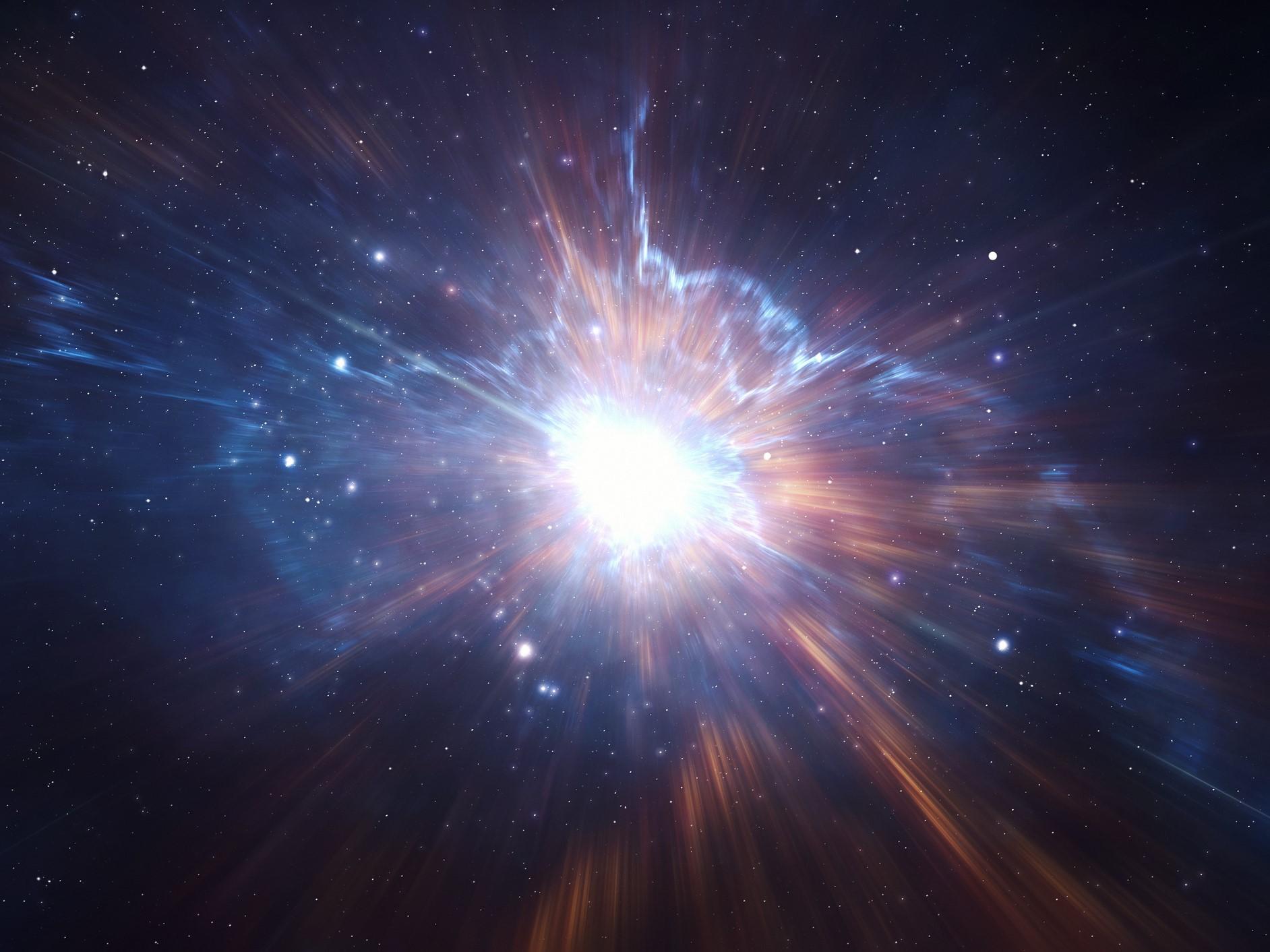This website uses cookies so that we can provide you with the best user experience possible. Cookie information is stored in your browser and performs functions such as recognising you when you return to our website and helping our team to understand which sections of the website you find most interesting and useful.

Despite numerous reports, scientists have not found evidence of a parallel universe where time runs backwards.
A number of outlets reported this week that researchers in Antarctica had “found evidence” for a parallel universe based on an experiment where scientists found particles that seemed to break the laws of physics.
All of the reports cite the same source: a story from New Scientist from April 2020, about a finding made in 2016.
The report focuses on findings from the Antarctic Impulsive Transient Antenna (ANITA), which uses an array of radio antennas suspended from a helium balloon flying at a height of about 37,000 meters to detect radio pulses sent out by cosmic neutrinos during flights in December 2006 and December 2014.
Normally, these are sent from space to the earth, but the researchers found some anomalous events where the neutrinos seem to have come from the planet’s interior – something which cannot be explained by current physics.
All this confirms, however, is that these are particles that deviate from the Standard Model (the theory that describes three of the four known fundamental forces in the universe, as well as classifying all known elementary particles) rather than evidence of a new universe.
Another paper published in 2018, which showed more high-energy particles travelling upwards, said that the particles have a less than 1-in-3.5 million chance of being part of the standard model.
Physicists have proposed multiple explanations for these cosmic rays, including “sterile neutrinos” to “atypical dark matter” inside the Earth. Alex Pizzuto from the University of Wisconsin, who has worked with the IceCube Neutrino Observatory that carried out a similar experiment in the 2018 study (but did not find similar results) suggested that it could be due to properties in the ice itself.
“In my opinion, the results are strongly suggestive of an association, but not conclusive yet,” Princeton University’s Maria Petropoulou said about the 2018 study. “It could be possible, for example, that other sources lying in the same region of the sky could contribute to the neutrino flare detected by IceCube. Regardless, these results bring us one step closer to unveiling the sources of astrophysical neutrinos.”
Asked about such theories Peter Gorham, the Professor of Physics at the University of Hawaii quoted in the New Scientist article, said that the research “had nothing to do with the development of the parallel-universe idea.”
“Unfortunately the journalism on this has not distinguished very well between our experimental work which identified some anomalies in the data, and the theory proposed by some physicists who are not a part of our collaboration,” Professor Gorham told The Independent.
“While I am not opposed to free speculation regarding the anomalies we have observed, our own opinion is that they are more likely to be explainable in terms of physics that is likely to be much less exotic.”
A blog post by the University of Hawaii speculated in 2018: “One possibility is that cosmic rays from a bright supernova blasted all the way through the earth.”



 Africana55 Radio
Africana55 Radio 

